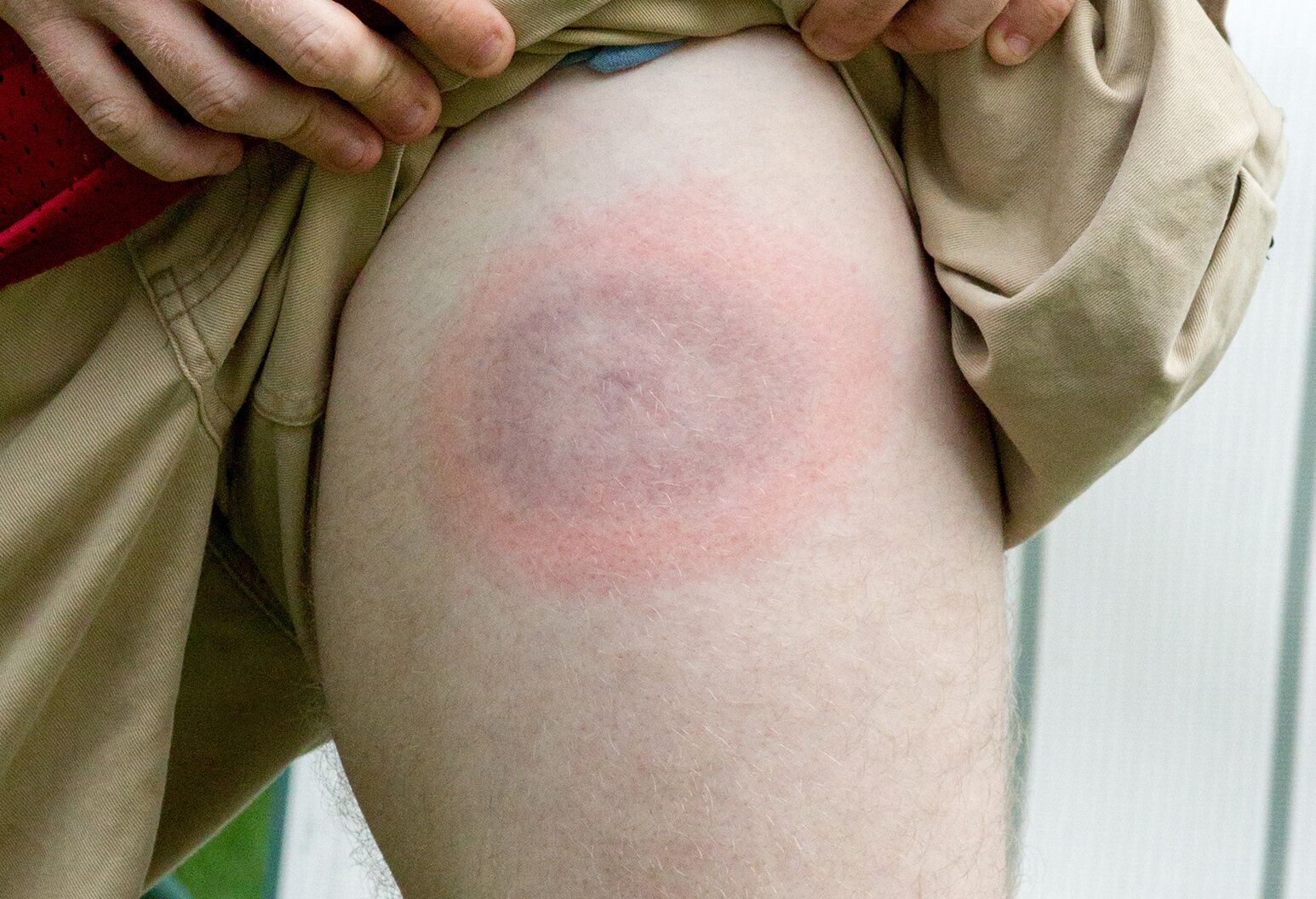Recognizing the Mission of the Lymecare Alliance for Lyme Advocacy
Recognizing the Mission of the Lymecare Alliance for Lyme Advocacy
Blog Article
Recognizing Lyme Condition-- Crucial Understanding for Avoidance
Lyme disease continues to be a substantial public health worry, primarily transmitted via the bites of contaminated ticks, especially in regions with thick vegetation. The very early identification of Lyme condition is crucial, yet lots of people remain unaware of its symptoms or the environments that present the highest possible danger.
What Is Lyme Disease?
If left without treatment, Lyme disease can progress to a lot more extreme phases, possibly impacting the joints, heart, and worried system. Clients might experience joint inflammation, neurological complications, or heart disorders. The illness can be testing to diagnose, as its symptoms can imitate those of various other illnesses. Diagnostic techniques commonly include a mix of scientific evaluation and research laboratory screening, consisting of serological assays to identify antibodies versus Borrelia burgdorferi.
Timely recognition and therapy are important in taking care of Lyme disease and preventing complications, with early antibiotic treatment normally leading to favorable outcomes.
Just How Lyme Condition Spreads
Lyme illness mainly spreads out through the bite of contaminated black-legged ticks, also referred to as deer ticks, which lug the microorganism Borrelia burgdorferi. These ticks are commonly located in woody or verdant areas, often residing on bushes or low greenery. They need a blood meal from a host, such as people or animals, to flourish and duplicate.
Transmission usually takes place when ticks affix to the skin and remain for an extended duration, usually 24 to 48 hours. The risk of infection boosts with the period of add-on, as the microorganism is transferred from the tick's saliva right into the host's blood stream. Ticks can be active throughout warmer months, specifically in spring and summer, making outside tasks a prospective risk for exposure.
While black-legged ticks are the main vectors, various other types, such as the Western black-legged tick, can additionally transfer Lyme illness. It is vital to be cautious in locations where ticks are common. Preventative procedures consist of wearing safety apparel, using tick repellents, and performing complete tick checks after outdoor activities to minimize the chance of bites and subsequent transmission of Lyme disease.
Signs and Diagnosis
Identifying the symptoms of Lyme condition is crucial for timely diagnosis and treatment, as early intervention can dramatically affect healing. The most recognizable early symptom is the erythema migrans breakout, which looks like a circular, red sore with a central clearing, usually resembling a "bull's- eye." This rash commonly develops within 3 to thirty day after a tick bite and might be gone along with by flu-like symptoms such as high temperature, cools, exhaustion, muscle pains, and frustrations.

Diagnosis of Lyme illness primarily counts on scientific examination, taking into consideration the client's signs and symptoms and prospective direct exposure to ticks in native to the island areas. Laboratory examinations, including enzyme-linked immunosorbent assays (ELISA) adhered to by Western blot tests, can sustain the medical diagnosis yet are not conclusive in early-stage Lyme disease. Prompt acknowledgment and diagnosis are essential for launching appropriate antibiotic treatment, which is most reliable when provided early in the disease training course.
Prevention Methods
Avoiding Lyme condition needs an aggressive approach, specifically for individuals who spend time in locations where ticks are prevalent. In addition, tucking trousers right into socks and using tick-repellent products having DEET or permethrin can substantially decrease the danger of tick attachment.
Regularly evaluating oneself, children, and pets for ticks after exterior activities is crucial. Ticks must be immediately gotten rid of using fine-tipped tweezers, understanding them as near the skin's surface area as possible. It is recommended to bath within 2 hours of returning inside your home, as this can help remove ticks before they connect.

Treatment Alternatives
Effective administration of Lyme disease pivots on timely and appropriate therapy options, which mainly involve antibiotic therapy. Early local Lyme condition is typically treated with oral anti-biotics such as doxycycline, amoxicillin, or cefuroxime axetil for a duration of 10 to 21 days.
In instances of very early distributed Lyme disease, where neurological or heart signs might arise, a much longer training course of dental anti-biotics or intravenous prescription antibiotics may be required. For individuals experiencing consistent symptoms after first treatment, called Post-Treatment Lyme Illness Disorder (PTLDS), a much more intricate monitoring approach might be required. This can include a multidisciplinary technique, addressing not only the physical signs and symptoms but also emotional elements, as tiredness and cognitive troubles prevail.
It is vital for clients to engage in open communication with their doctor to customize therapy plans to their particular requirements, ensuring the best possible results in the management of Lyme disease.
Final Thought
Lyme disease positions substantial wellness threats mostly due to its transmission via infected black-legged ticks. Early recognition of signs and punctual diagnosis are important in taking care of the illness properly. Implementing safety nets, such as protective clothes and tick repellents, substantially lowers the likelihood click here for more info of infection. Continued awareness and education regarding Lyme disease are vital in minimizing its effect, consequently promoting much healthier communities and securing public wellness versus this prevalent tick-borne illness.
Lyme condition mostly spreads through the bite of contaminated black-legged ticks, additionally known as deer ticks, which bring the bacterium Borrelia burgdorferi. Lymecare Alliance.While black-legged ticks are the main vectors, other varieties, such as the Western black-legged tick, can likewise transmit Lyme disease. Preventative procedures include wearing safety apparel, making use of tick repellents, and performing detailed tick checks after exterior activities to lower the probability of attacks and succeeding transmission of Lyme illness
Medical diagnosis of Lyme disease largely counts on medical assessment, Clicking Here taking right into account the person's signs and prospective direct exposure to ticks in native areas.Lyme disease postures considerable health and wellness dangers largely due to its transmission using contaminated black-legged ticks.
Report this page